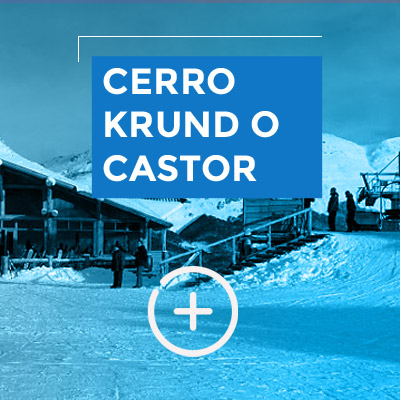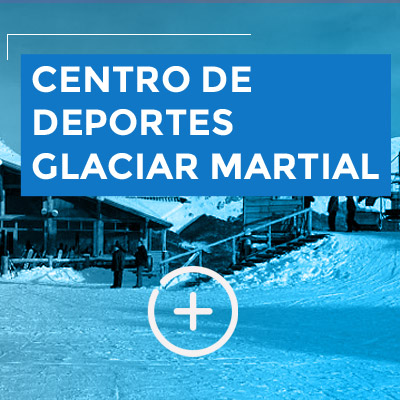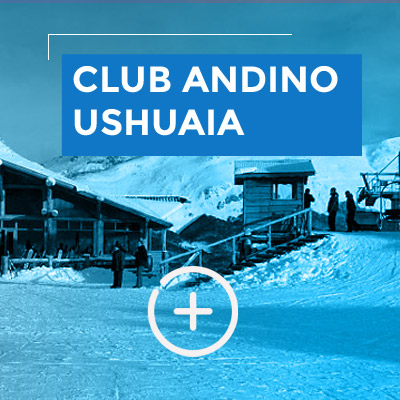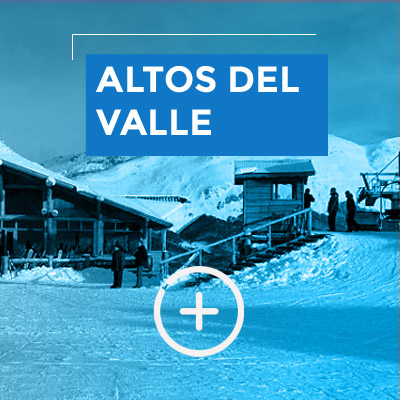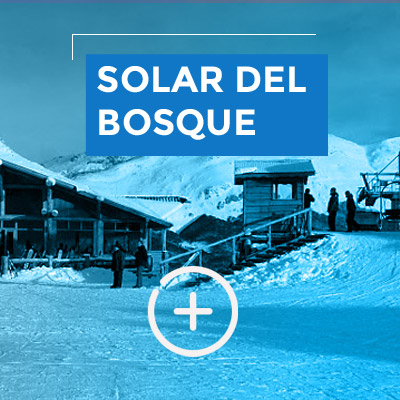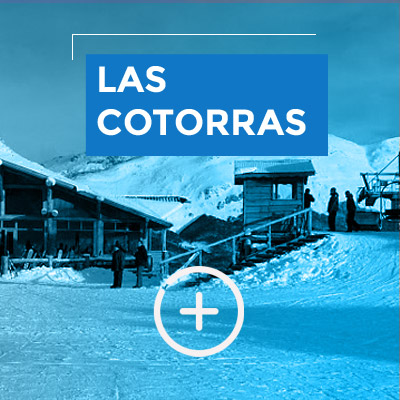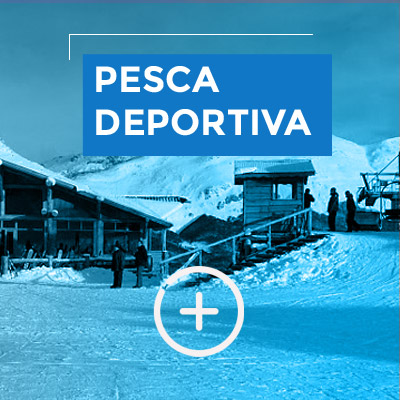TURISTIC PLACES
Walks in and around the city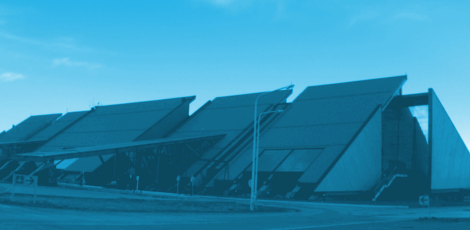
Built in 1930, the building was the private residence of Manuel Fernández Valdés, the then secretary of government who later became governor (1905-1917). It was one of the first buildings made of stone and erected by the prisoners confined in Ushuaia Jail.
Its five rooms display past testimonies of indigenous cultures, old shipwrecks, the origins of the city and of gold diggers in the southern region, among other topics that are part of the regional history. It also showcases an interesting collection of embalmed birds.
The building is located at 177 Maipú street (at the junction with Rivadavia street) and is open to the public Mondays to Saturdays, from 3 p.m. to 7 p.m.
The Maritime Museum is located in the old infamous Prison of Ushuaia (or the Recidivist Prison of Tierra del Fuego) where the most dangerous recidivist criminals were confined. The building was declared a National Historical Monument by an Act of the Argentine Congress in April 1997 and is being restored for visiting by the Argentine Navy and the Maritime Museum of Ushuaia.
A live museum where you can find collections of naval scale models, the history of the Antarctic discovery, and other topics such as the southern fauna, the gold diggers, the first settlers and, most important of all, the expeditions and research under way.
.
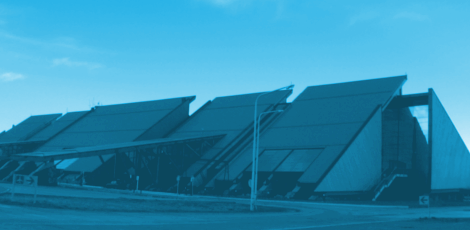
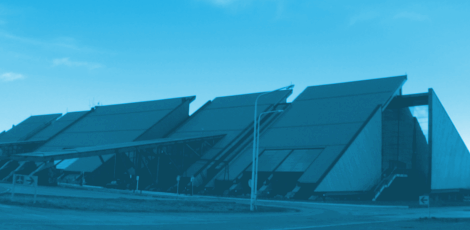
Located at the foot of Martial Glacier mountain, 4.5 km northwest from the City of Ushuaia. The resort opened in 1983 and its modern construction was designed in compliance with highly strict German regulations governing this type of tourist attractions.
The chair-lift provides about ninety seats and moves along the ski trail approximately 1,130 meters high, taking from thirteen to fifteen minutes to complete the journey.
.
The so-called ''End of the World Train'' or ''Ferrocarril Austral Fueguino'', only 8 km away from the city, attracts tourists not only for its style and grace but also for its historical import as it covers the same distance travelled by the inmates of the Old Ushuaia Prison from the beginning to the middle of the XX century. It stands as an icon of the evolution of this appealing and charming southern city.
The narrow-gauge railway is propelled by steam engines and has stylishly decorated and heated wagons with huge windows to revel in the breath-taking landscape and delight in the natural beauty of Tierra del Fuego National Park.
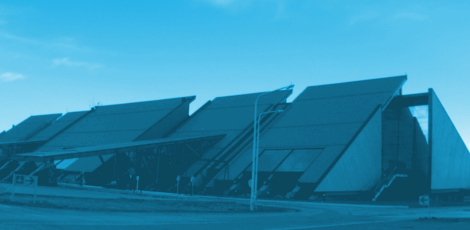
OTHER EXCURSIONS AND ACTIVITIES
To enjoy Ushuaia.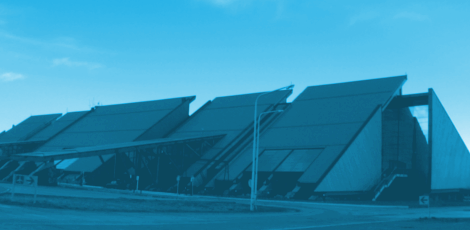
This park, created in 1960, is located 12 km from downtown Ushuaia and is the southernmost protected natural area in the Argentine Republic, covering 63,000 hectares. You can get there through National Route 3 to the west of the City of Ushuaia.
The park forms part of the Andean-Patagonian system of protected natural areas, bordering with Chile on the west. It is the only park in the country with a sea coast as it borders with the Beagle Channel on the south. With a typical glacial landscape, the park merges mountain ranges extending northwest to southeast and deep valleys filled with rivers and lakes, rendering quite varied and astonishing views. The coastline forms the Lapataia and Ensenada Bays and is sprinkled with ravines and small beaches that are the ideal habitat for coastal bird fauna.
In addition to organized excursions, this fantastic National Park is perfect for other activities such as leisure walks, camping, canoeing, cycling tourism, sports fishing, bird watching and non-powered water sports. In winter, this area is ideal for cross-country skiing. The recreational area of Tierra del Fuego National Park offers multiple trails and paths for trekking.
BOAT EXCURSIONS
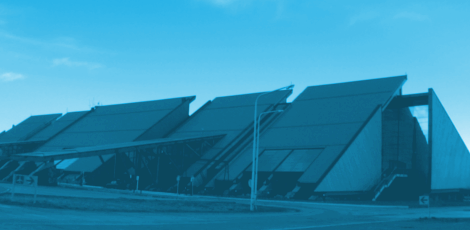
The coastline of the southern city of Ushuaia is washed by the Beagle Channel and surrounded by the Martial mountain range, offering a unique panorama that merges mountains, sea and forest.
C Like the first settlers, you can navigate and delight in the Beagle Channel that features many bays, islets and rich bird fauna. You can choose between a wide array of vessels, from modern catamarans, comfortable motor boats or motor sailboats, as well as rubber boats and sails.
This is an excursion that lasts about two and a half to three hours. While you navigate along Ushuaia Bay and the Beagle Channel, you can watch multiple bird species. You can sail pass Les Eclaireus Lighthouse to see the small island inhabited by sea lions, the Birds Island with a colony of cormorants (close to the Bridges Islands) to then return to Ushuaia.
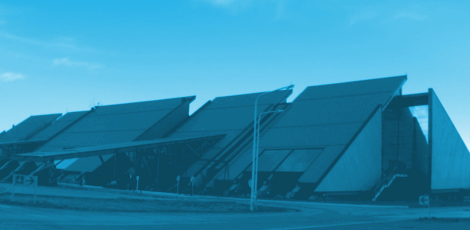
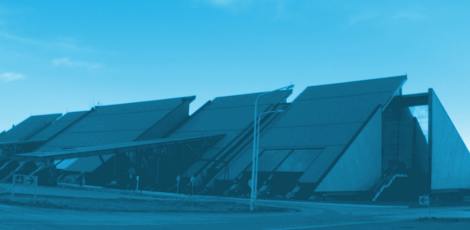
Located on the south coast, it signals navigators the entry to Ushuaia Bay. You can navigate from the southern city to the lighthouse on the classic journey called ''Sea Lions Island'' and ''Birds Island''. During the trip you can watch a large variety of bird species and South American sea lions and fur seals.
In the surroundings of Les Eclaireus Lighthouse you can see the shipwreck of 'Monte Cervantes', a German vessel that suffered wreck after crashing against the rocks of the islet where the lighthouse is currently located. Some ruins from the campsite put up in an attempt to refloat the ship still remain. In some cases scuba diving and submarine photography are an option.
LAND EXCURSIONS
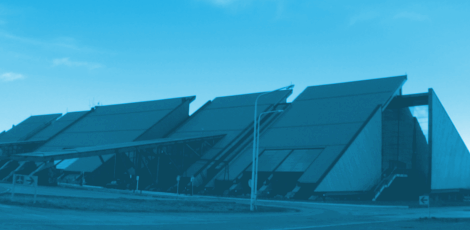
Located 90 km from Ushuaia, this ranch dates from 1886 and was a gift from the national government to one of the first white settlers of Ushuaia, the British Reverend Thomas Bridges, from the Anglican Mission he founded in 1869. The ranch covers 20,000 hectares where you can visit an ossuary that amounts to a private museum. There are whole pieces, skeletons of dolphins, orcas and the species Eubalaena australis, as well as the ship used by Bridges for whale hunting.
Through National Route 3 you reach Las Cotorras and Haruwen refuge. At Rancho Hambre the road begins to ascend until reaching Paso Garibaldi at 450 masl, a high altitude lookout point from which you have a panoramic view of Lake Escondido and a rear view of Lake Fagnano. Lake Escondido lies 60 km to the north of the City of Ushuaia. You can climb down and stumble on a place of extraordinary beauty and find lodging in one of the cottages on the lakeside offered by Hostería Petrel.
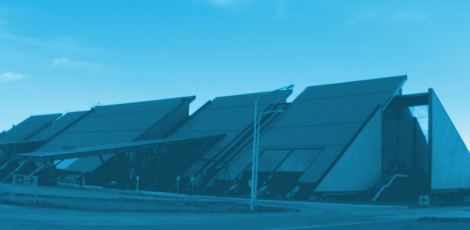
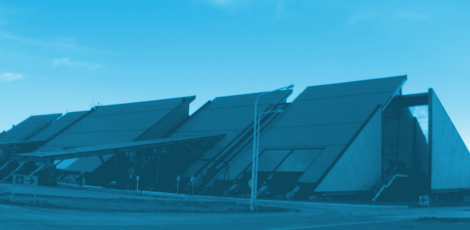
Following the route you get to Lake Fagnano or Kami, an impressive mirror of international waters shared with Chile, most of which is on the Argentine side. It is 100 km long and 6 km wide and on the lakeside you can find lodging at an inn, camping facilities and cottages, from which to go horseback riding, biking and enjoy journeys on 4-wheelers. This place is ideal for sports fishing and bird watching, finding species like the petrel and the upland goose.
The more adventurous can make off-the-beaten-track journeys to these lakes, like trekking along the side of Lake Fagnano, mountain biking to Lake Escondido, and canoeing in this lake, with the option of savouring a typical Argentine asado by the water.
Both in winter and summer, travelling these distances through a winding road surrounded by Fueguian forests and snow-capped mountains is something worth revelling in. From March through winter, you should be careful driving along the lakeside of Lake Escondido as there is a section of National Route 3 that gets frozen because of the altitude and can be quite dangerous. You should check the condition of this part of the road in the City of Tolhuin.
Following from Lake Fagnano is a complex of cottages and farther on, within a few kilometres and at the foothill of mount Michi, is the attractive City of Tolhuin, founded in 1972 and the third town in population in the Province of Tierra del Fuego (after Ushuaia and Río Grande). Its name in the indigenous language Selk'nam or Ona means ''heart''.
The place offers lodging at inns, cottage rental, camping facilities and an excellent cuisine. Its charming wooden houses are a distinctive feature and you can visit some rural establishments to enjoy a succulent typical meal, leisure walks, photographic safaris, horseback riding, boating and kayaking. A few kilometres to the north of Tolhuin, you reach on the right the access to the thermal waters of Río Valdez, known to have healing properties.

WINTER SPORTS
Ushuaia is nestled in the last foothills of the Andean Mountain Range, surrounded by mountain peaks and grounds suitable for doing all kinds of winter sports. The official opening of the season takes place in the night of June 20 with the Longest Night National Celebration. It features a dazzling walk with torches and an endless number of recreational and cultural activities. Different resorts provide countless winter-related activities.


